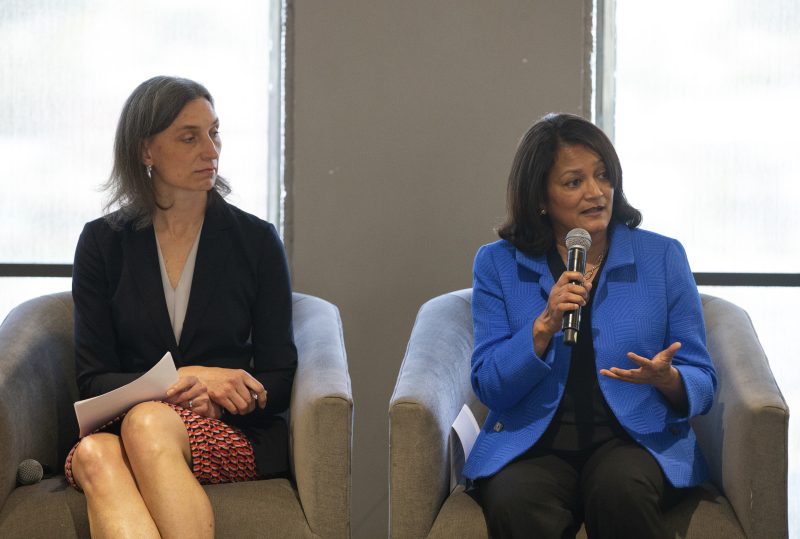Progressive Democrats Seek to Bridge Gap Between Activism and Electoral Success
As the political landscape in the United States continues to evolve, progressive Democrats are finding themselves at a critical juncture. While the party has witnessed a surge in grassroots activism and enthusiasm, translating this energy into concrete electoral wins remains a significant challenge. Despite the widespread support for progressive policies among the party’s base, many candidates endorsed by the progressive movement have struggled to secure victory in key elections.
One of the primary reasons for this disconnect between activism and electoral success lies in the fragmentation within the progressive movement itself. While activists and organizers have been successful in mobilizing support around key issues such as healthcare reform, climate change, and racial justice, the absence of a unified strategy and clear messaging has hampered efforts to translate this energy into electoral victories.
Additionally, the lack of sufficient resources and infrastructure poses a significant obstacle for progressive candidates seeking to compete in a system dominated by well-funded adversaries. In a political landscape where money plays an outsized role, progressive challengers often find themselves at a disadvantage when it comes to fundraising and campaign expenditures.
Moreover, the dynamics of electoral politics in the United States necessitate building broad-based coalitions and appealing to a diverse array of voters. While progressive policies enjoy strong support among the party’s base, they have yet to gain significant traction among more moderate and conservative-leaning voters. As a result, progressive candidates often struggle to broaden their appeal beyond their core constituency, limiting their electoral prospects.
In light of these challenges, progressive Democrats are increasingly focused on bridging the gap between grassroots activism and electoral success. This involves not only developing a coherent and compelling message but also investing in long-term organizing efforts that can mobilize support and build momentum for progressive candidates.
One promising approach is the emphasis on issue-based organizing, which seeks to mobilize support around specific policy initiatives rather than partisan labels. By focusing on issues that resonate with a broad cross-section of voters, progressive Democrats can cultivate a coalition that transcends traditional party lines and garners support from a diverse array of constituents.
Furthermore, progressive candidates are increasingly investing in building robust campaign infrastructure that can compete effectively with well-funded adversaries. This includes investing in digital outreach, voter mobilization efforts, and targeted advertising strategies that can expand the candidate’s reach and engage a broader audience.
In conclusion, while the challenge of turning activism into electoral success remains formidable, progressive Democrats are increasingly recognizing the need to develop a comprehensive and strategic approach to bridge this gap. By leveraging grassroots energy, building broad-based coalitions, and investing in campaign infrastructure, progressive candidates can maximize their electoral prospects and advance a bold agenda for change.

